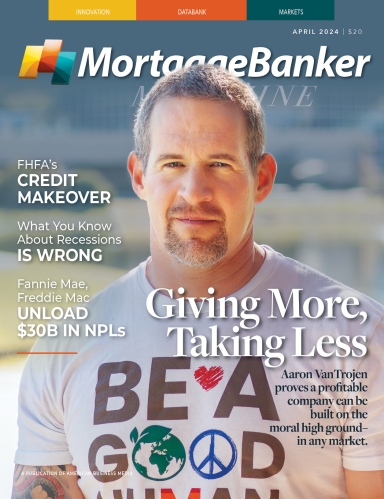The biggest to-do for mortgage lenders, he added, will be learning how much scores are affected by changes made to specific line items in the files. “Lenders have become very smart in understanding how to work scores and they know that if this balance was lowered or this payment wasn’t there, they can get a pretty good idea of whether or not it’s going to have a positive impact on the score. Xactus is going to work very hard trying to give guidance on how the score moves and what moves the score the most.” While there is no set date for full use of the new system, lenders and the like are preparing themselves for incoming guidance from the GSEs.
“Until we figure out how to operationalize it, how to digest it and understand the scores, it’s probably going to be a lingering date and a moving target,” Holmes said, adding that flexibility and patience will be key.
Growing Credit Costs
Xactus does not anticipate the new methodology will offer any relief in terms of the cost of pulling credit.
“Unfortunately – I don’t see it really helping from an expense standpoint – consumers,” Holmes said. “That’s probably the thing the market is hoping for, but I don’t see it happening.”
Furthermore, in Dec. 2023, FICO announced that it would end its tier-based pricing structure and charge the same, higher price for each score pulled in 2024.
One of the misconceptions circulating is that this move will lead to cost savings to consumers, Holmes added. “The credit score itself costs more than the credit data, which is something that has really materialized as we move into 2024 pricing.”
In its role providing credit reports and verifications to lenders, Xactus is counting the different scores Loan Origination Systems (LOS) companies and API-integrated credit interfaces will have to swallow. One way or another, those costs are always passed to consumers.
“You’ve got two bureaus instead of three, but now you’ve got two scores instead of one. So if you do simple math, there’s one Equifax, there’s one Experian, one TransUnion, and then three scores. That’s six products in total. There’s going to be an education process for all lenders, and then there is simply the expectation of how it actually plays out through the process and how technology handles it,” Holmes said. “Those things are still unclear, but we will be on the front side of this and we will bring the most efficient manner for lenders to operate as scores get incorporated. We will definitely be a thought leader on understanding the scores – which is probably the most important thing – and that comes with education.”












